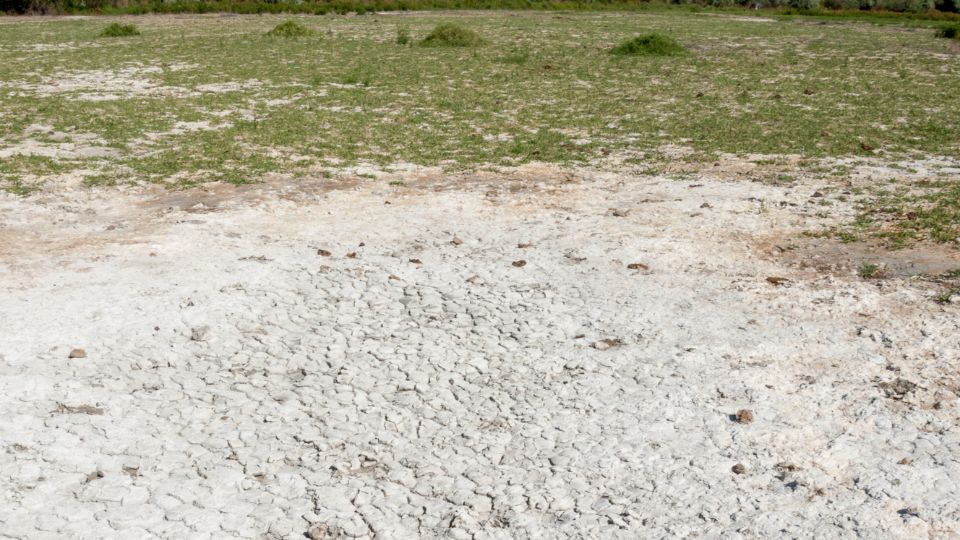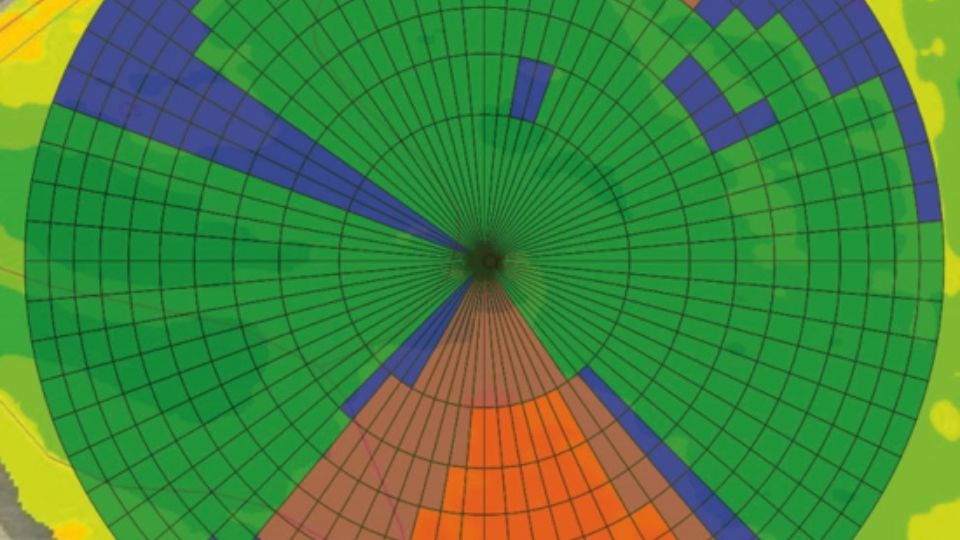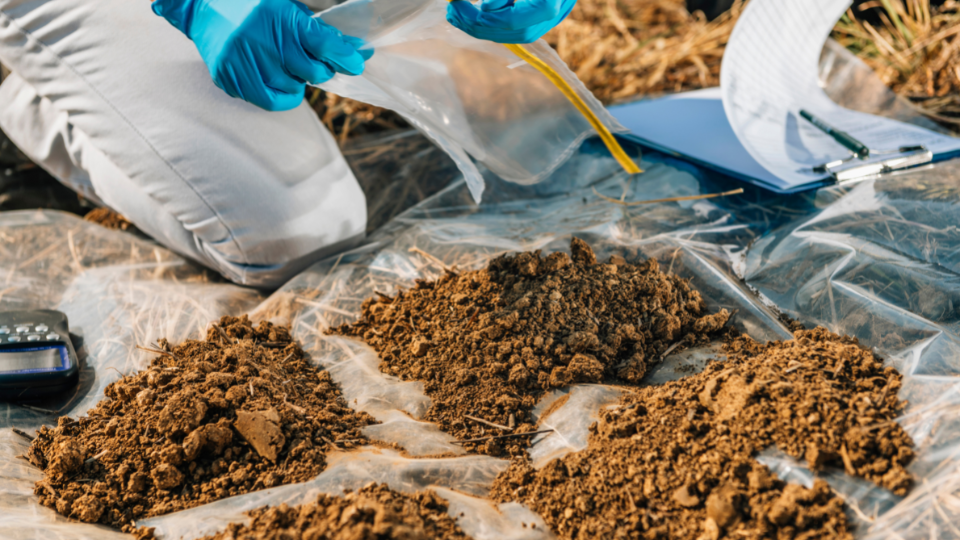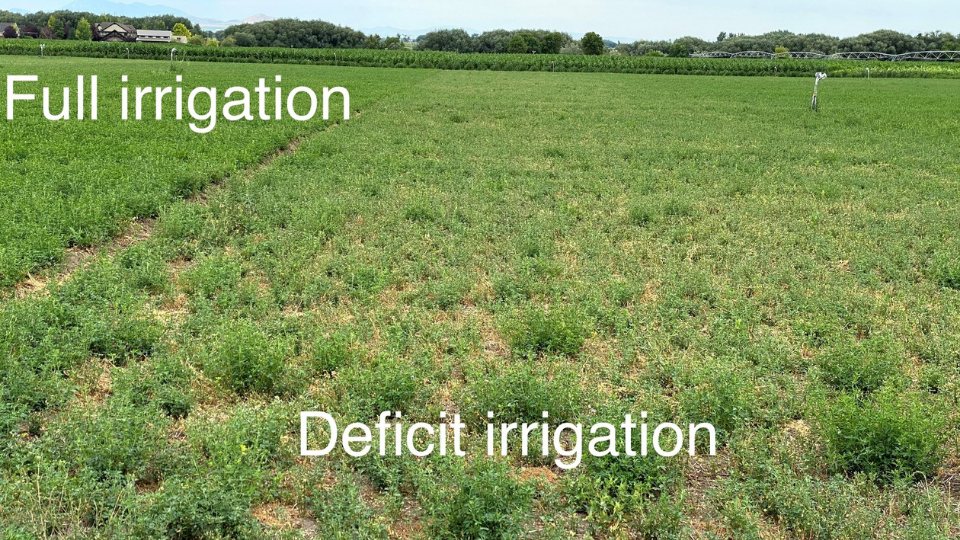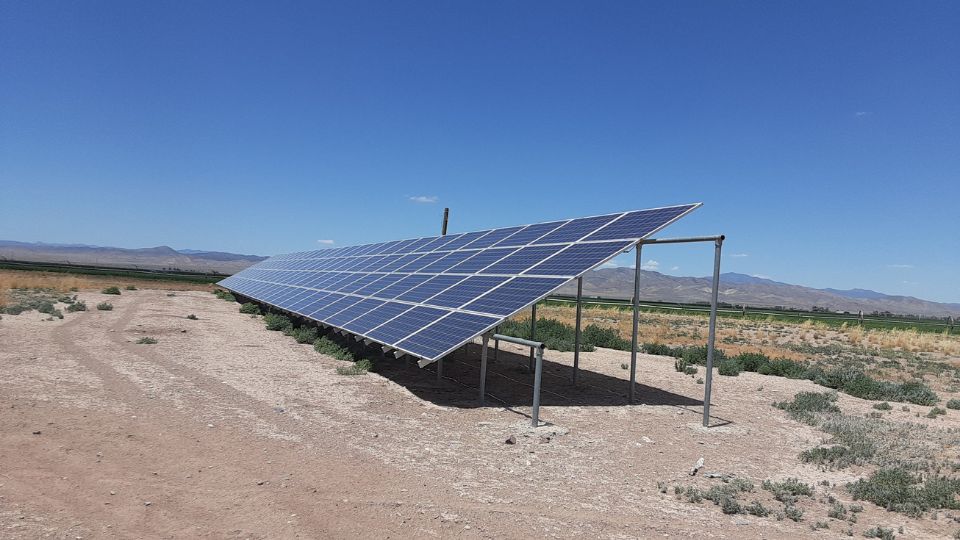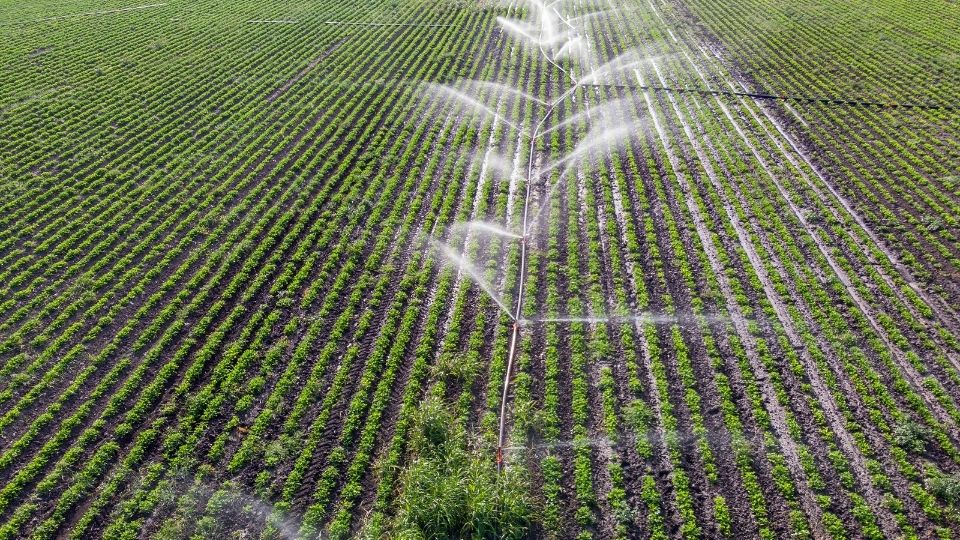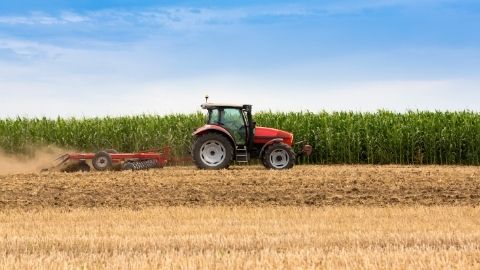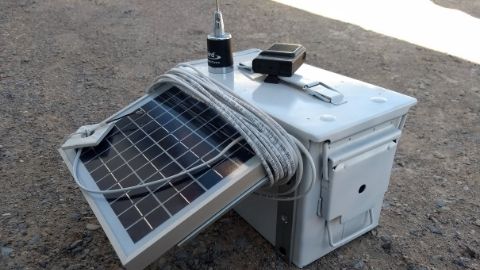Easy Calibration for Backpack and Canister (Handheld) Sprayers
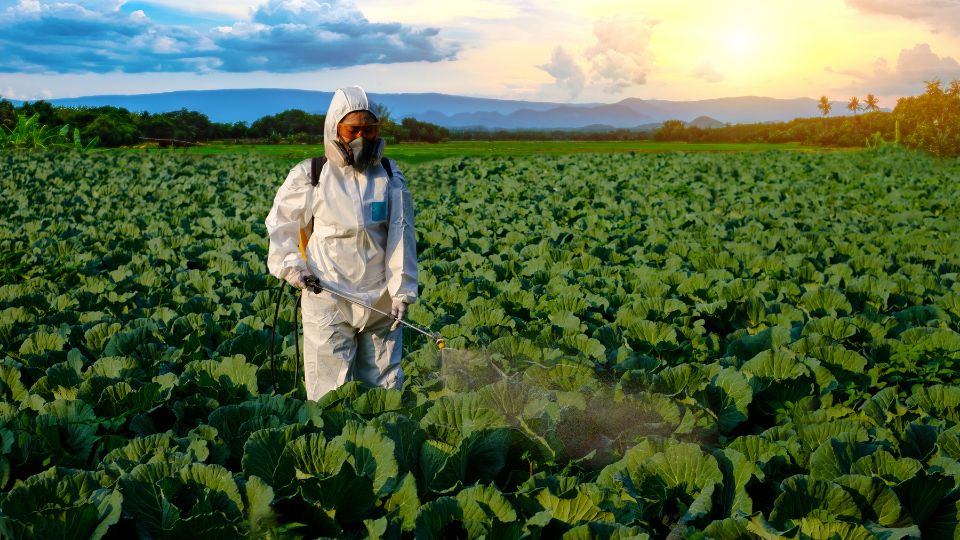
Introduction
When applying pesticides, fertilizers, and other chemicals, the applicator should know the amount of chemical applied to the treated area. Calibration is a method an applicator can use to measure and set the application rate. If sprayers are not properly calibrated, it can result in over or under application of chemicals, causing damage, reduced pest control, and potential safety concerns. Making the effort to properly mix chemicals and calibrate sprayers can save money and increase treatment effectiveness. This fact sheet provides simple guidelines for calibrating backpack and canister sprayers.
Sprayer Calibration Benefits
- Apply chemical uniformly and in accordance with label-recommended application rates.
- Maximize the efficacy and reduce variation of the chemical applications, resulting in better crop performance, yield, and profit.
- Avoid inaccurate and non-uniform applications, which can violate label restrictions, waste resources (time, fuel, chemical), and cause environmental harm.
Getting Started
- Calibration is measuring how many gallons the sprayer applies per acre.
- This method requires little math.
- There are 128 ounces (oz) in 1 gallon (gal), which means counting the number of ounces applied to 1/128 acre (340.3 ft2) equals gallons per acre (Ferrell, 1998; Figure 1).
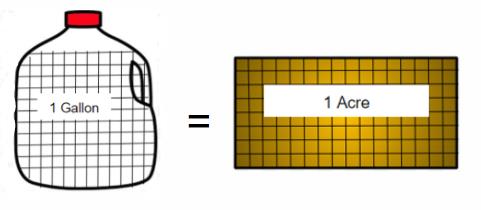
Equipment Inspection
- Clean and inspect the equipment to ensure it is free of pesticide residue and in working order (Figure 2).
- Check sprayer for functionality and uniform spray pattern. Note: Do not clear blockages in the spray gun or nozzles with your bare hands or mouth. Use appropriate tools or compressed air.
- Does the sprayer build pressure as it is pumped? Does the pattern appear even or as advertised by the manufacturer? If not, clean or replace the nozzle or appropriate parts.
- Does the spray gun leak after the trigger is released? If so, the check valve, hose, or gun may need to be replaced.
- Once equipment passes inspection, proceed to calibration.
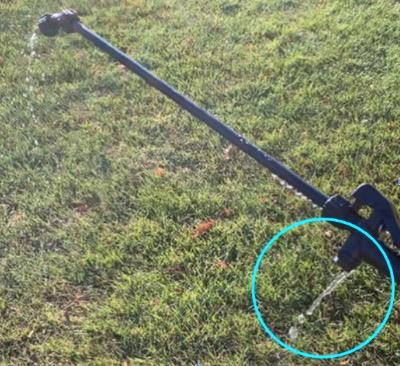
Calibration Steps
- Measure out an 18.5 ft by 18.5 ft square on pavement or dry ground. It is important that you can see the water you spray on the ground so you only spray the same area once.
- Time yourself spraying the area within the square (Figure 3). Aim to be consistent with the speed you normally treat an area. Repeat this step a few times and average your time. You may need to measure out new squares to do this.
Average time in seconds: _________ - Spray fresh water into a container for the same amount of time as measured in step 2 (Figure 4). Repeat this step a minimum of three times and calculate the average.
Average oz measured: _________
The average ounces measured equals the number of gallons per acre. For example, 40 oz measured = 40 gal per acre.
Write down your gal per acre here: _________
Date: _________

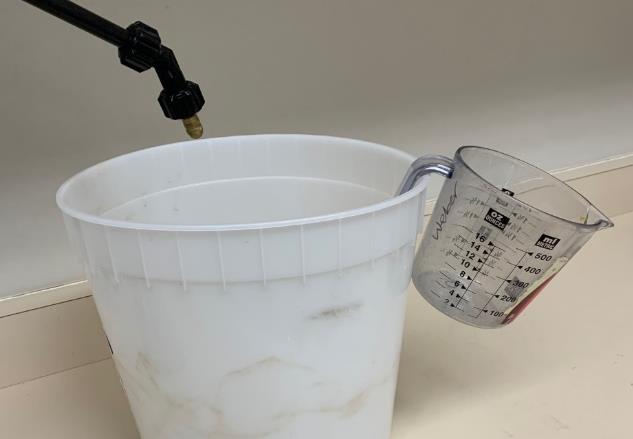
Photo Credit
Authors provided all photos.
Reference
- Ferrell, M. A. (1998). 1/128 method of calibration: Calibrating hand sprayers and high pressure hand guns [Fact sheet MP-93.3]. University of Wyoming Extension. https://uwyoextension.org
Published November 2022
Utah State University Extension
Peer-reviewed fact sheet
Authors
Cody Zesiger, Kalen Taylor, Corey Ransom, Earl Creech, and Matt Yost
Related Research




















